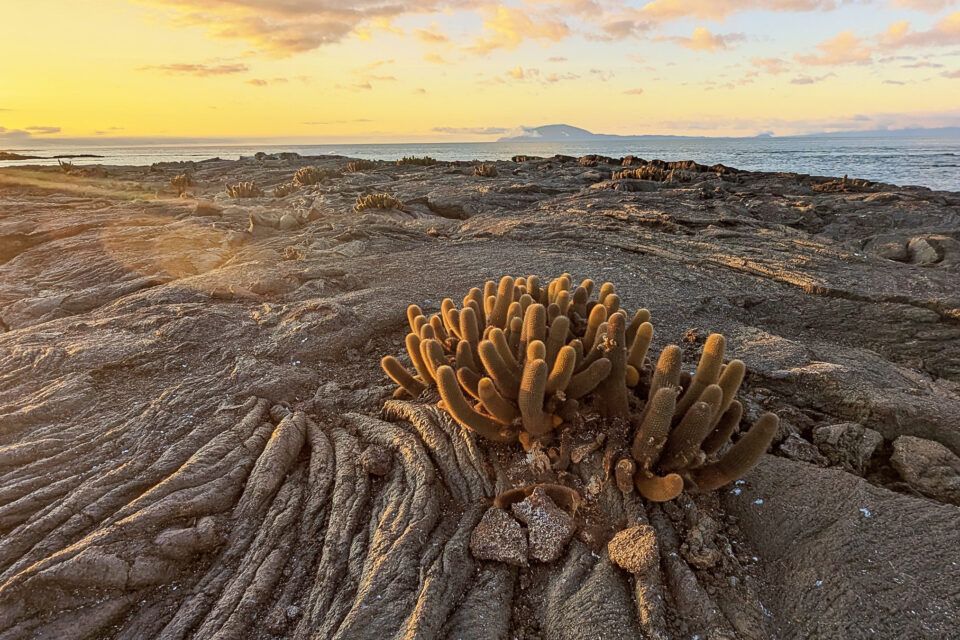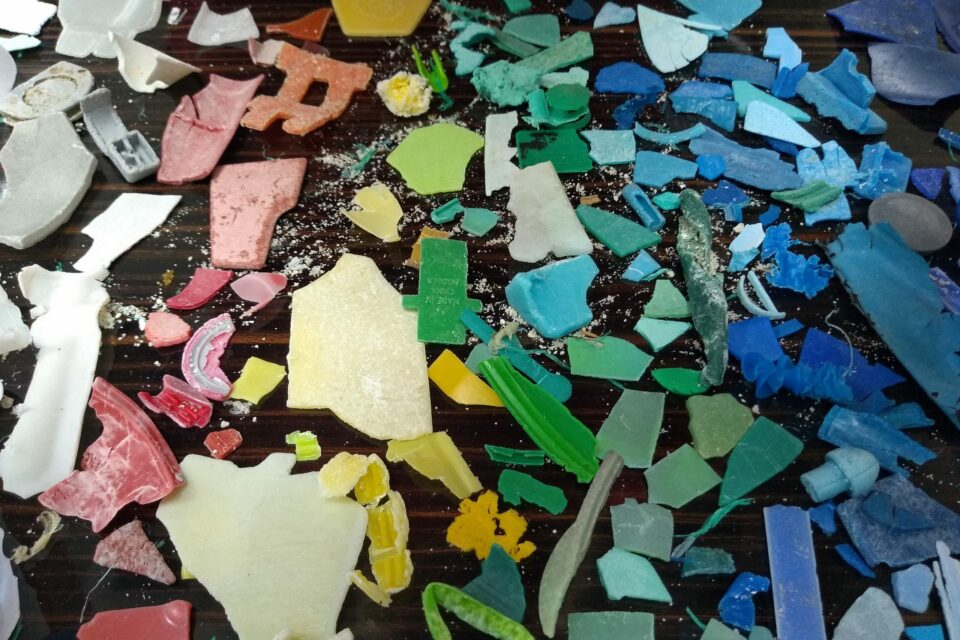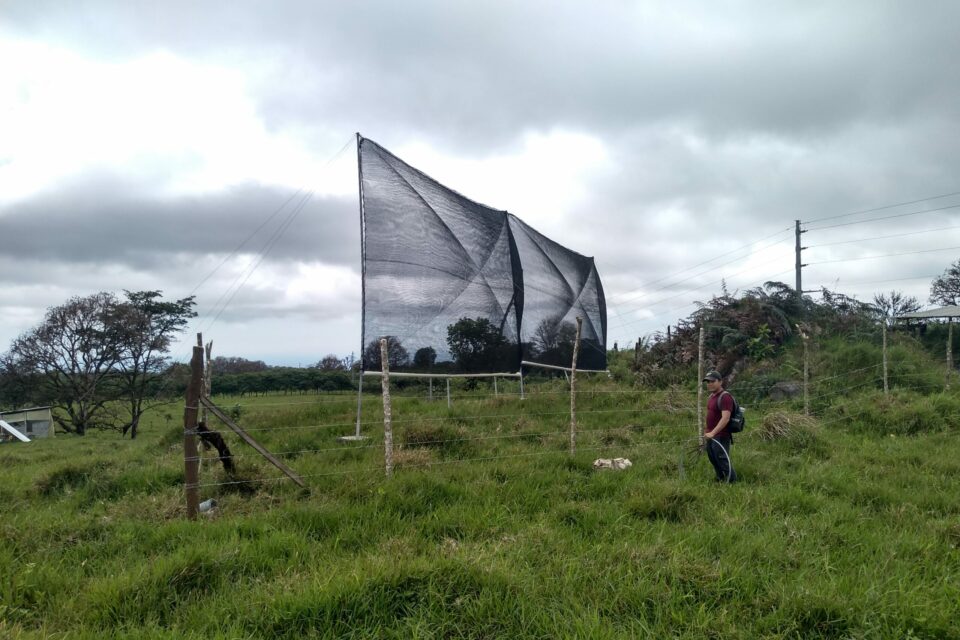

Blue Carbon – What is it?
Ocean protection is key to climate resilience. The global ocean and the species that live there play a major role in capturing carbon from the atmosphere – called blue carbon.
Ocean protection is key to climate resilience (defined as the ability to prepare for, mitigate and adapt to the impacts of climate change). The global ocean and the species that live there play a major role in capturing carbon from the atmosphere – called blue carbon. This carbon capture is inhibited by increasing levels of pollution, habitat degradation and overfishing.

Schooling baitball of Salema fish – © Jason Lim
What is blue carbon, and why does it matter?
Blue carbon is the scientific term for the carbon stored in coastal and marine ecosystems, such as mangroves, tidal marshes and seagrass meadows. These ecosystems can sequester (capture) and store more carbon per unit area than terrestrial forests. As well as carbon being taken up directly by vegetation, carbon is also stored in vast quantities in the sediment around their roots.
Conserving, restoring and protecting forests and peatlands has long been recognised as a strategy for climate change mitigation, but forests and peatlands only cover about 34% of the Earth’s surface. In contrast, 71% of the Earth’s surface is covered in water. We know that 83% of the global carbon cycle is circulated through the ocean. We also know that coastal habitats cover less than 2% of the total ocean area and account for approximately half of the total carbon sequestered in ocean sediments. Oceanic mangroves cover just 0.1% of the Earth’s surface but can sequester almost three times more carbon than tropical forests.
What is the importance of protecting blue carbon sinks?
Coastal habitats are essential for storing carbon, regulating water quality, providing nursery areas for fish and sharks and providing coastal protection during floods and storms. If destroyed, these habitats may release vast quantities of CO2 estimated at 150 million and 1 billion tons of CO2 each year. This may induce more rapid atmospheric warming at large scales and, therefore, destroy more blue carbon ecosystems. If these ecosystems are lost, there could be massive worldwide economic damages of US$6-42 billion annually.
Is it just marine vegetation that stores blue carbon?
There is also an important role of pelagic marine species in capturing blue carbon. So far in the ocean, scientists have identified a further nine natural mechanisms for carbon sequestration. These carbon fluxes (the amount of carbon exchanged between Earth’s carbon pools – the oceans, atmosphere, land, and living things) are supported by healthy marine ecosystems. All these oceanic carbon sinks are potentially undermined by threats such as unsustainable fisheries, pollution and climate change. To put it simply, the more marine life in the sea, the more carbon is fixed. It is potentially transported to the long-term carbon sink of the deep ocean (via vertical migrations of animals that defecate at depth or the sinking of dead organisms). This is represented by the great whales that move high levels of carbon around the ocean during their migrations and many species, including sperm whales and whale sharks, via their vertical migrations in the deep sea.

There are still many knowledge gaps about blue carbon, including i) how to measure sequestration in blue carbon ecosystems; ii) the impacts of human-influenced activities and climate change on blue carbon ecosystems; iii) what management strategies are best for boosting blue carbon sequestration.
What about the Galapagos Islands?
Galapagos Conservation Trust is working to protect marine biodiversity; by keeping the fish in the sea and keeping pollution out. Therefore, we are increasing the ability of the ocean to act as a natural carbon sink. Healthy oceans have a greater chance of withstanding the impacts of a changing climate. Find out more in our blog.
Visit our Galapagos Climate Action page and find out how you can help.
Related articles


Climate change and plastic pollution: the inextricable link

Santa Cruz: The Evolution of the Agricultural Zone


